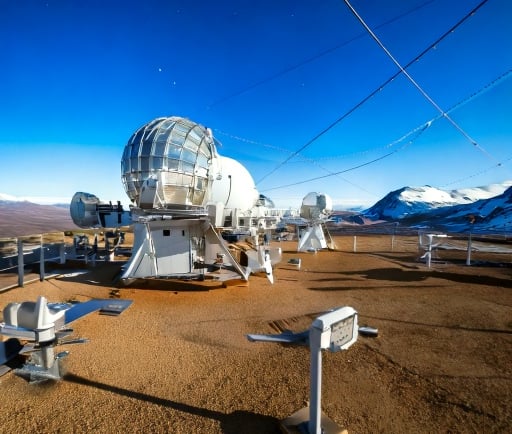VISTA: The World's Largest Visible and Infrared Survey Telescope


Introduction to VISTA
In the realm of astronomical research, the VISTA (Visible and Infrared Survey Telescope for Astronomy) stands as a monumental achievement in our quest to explore the universe. Located at the European Southern Observatory (ESO), this telescope is designed specifically to capture the faint light of celestial bodies in both visible and near-infrared wavelengths. Its unparalleled capabilities have positioned VISTA as the world's largest survey telescope, offering astronomers extensive insights into the cosmos.
Key Features of VISTA
VISTA boasts several impressive features that contribute to its status as a leading astronomical instrument. First, its large mirror, measuring a remarkable 4.1 meters in diameter, enables the telescope to collect more light than smaller telescopes, which is crucial for observing distant and dim astronomical objects. Additionally, VISTA’s wide field of view allows researchers to survey expansive areas of the sky in a single observation. This capability is particularly valuable for conducting large-scale surveys aimed at cataloging new celestial objects.
Another noteworthy aspect of VISTA is its advanced detector technology. Equipped with state-of-the-art detectors capable of capturing images in the near-infrared spectrum, VISTA can unveil cosmic phenomena that are obscured in visible light. This ability is particularly significant for studying star formation regions, distant galaxies, and the varying properties of dark matter.
The Impact of VISTA on Astronomy
VISTA’s contributions to astronomy extend far beyond its technical specifications. Since its inauguration, the telescope has been instrumental in numerous scientific discoveries. Notably, it has played a critical role in mapping the Milky Way galaxy, identifying dense clusters of stars, and examining the structure of our cosmic neighborhood.
Moreover, VISTA's capability to survey the sky in near-infrared wavelengths has allowed astronomers to delve deeper into the mysteries of galaxy formation and evolution. Through VISTA’s extensive catalog of surveyed areas, researchers can explore fundamental questions regarding the nature of dark energy and the distribution of galaxies across the universe.
Furthermore, the wealth of data generated by VISTA is shared with the global scientific community, fostering collaboration and paving the way for groundbreaking research across multiple disciplines. The results from VISTA surveys are regularly published and accessed by astronomers worldwide, enriching our collective understanding of the universe.
Conclusion
In summary, the VISTA telescope stands as a beacon of modern astronomical research, combining cutting-edge technology with expansive capabilities to enhance our exploration of the universe. Its unparalleled ability to observe in both visible and near-infrared wavelengths not only establishes it as the world’s largest survey telescope but also opens new avenues for scientific discovery. As we continue to scan the skies with VISTA, we gain insights into the cosmos that will shape our understanding of the universe for generations to come.
